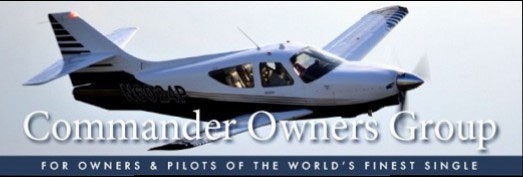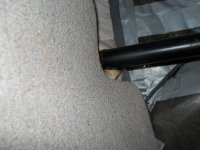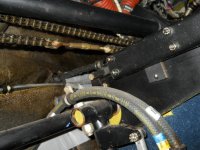South Burlington, VT
- Aircraft Year
- 1978 580
- Aircraft Type
- Super Commander
- Reg Number
- N555LP
- Serial Number
- 14405
Hi All,
Check your airplanes:
We have encountered a 3400-hour 112 with separation of the left hand pedal shaft crank from the pedal support shaft. See below IPC page and pics.
Although we guess the original crack and fatigue started some time ago, this specimen airplane progressed from normal rudder and steering operations to a rudder jammed full right, and nil steering authority, within the span of taxiing approx 1/2 mile and starting take off roll.
The PIC noted inability to hold center line and safely aborted the take off.
Upon evaluation, the near-totally separated crank was found. All cables were continuous and in proper routes. The cause of failure is not yet known, but signs of corrosion at the suspected original crack site seem to indicate a failure development path of corrosion > fatigue > crack > separation.
During the takeoff roll, all four pedals moved forward into near contact with the firewall, steering authority became nil, and the rudder became full deflected to the right with complete loss of rudder control.
This structure is basically the same for all models. I suggest close visual inspection before further flight.
Jim
Check your airplanes:
We have encountered a 3400-hour 112 with separation of the left hand pedal shaft crank from the pedal support shaft. See below IPC page and pics.
Although we guess the original crack and fatigue started some time ago, this specimen airplane progressed from normal rudder and steering operations to a rudder jammed full right, and nil steering authority, within the span of taxiing approx 1/2 mile and starting take off roll.
The PIC noted inability to hold center line and safely aborted the take off.
Upon evaluation, the near-totally separated crank was found. All cables were continuous and in proper routes. The cause of failure is not yet known, but signs of corrosion at the suspected original crack site seem to indicate a failure development path of corrosion > fatigue > crack > separation.
During the takeoff roll, all four pedals moved forward into near contact with the firewall, steering authority became nil, and the rudder became full deflected to the right with complete loss of rudder control.
This structure is basically the same for all models. I suggest close visual inspection before further flight.
Jim
Attachments
Last edited:


